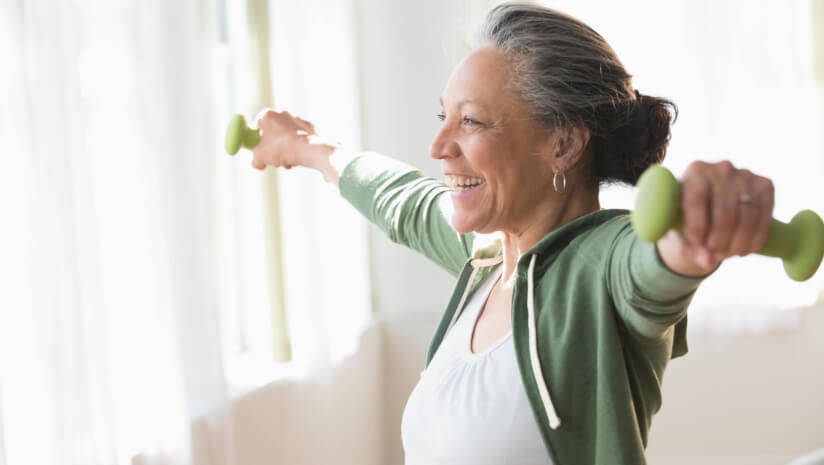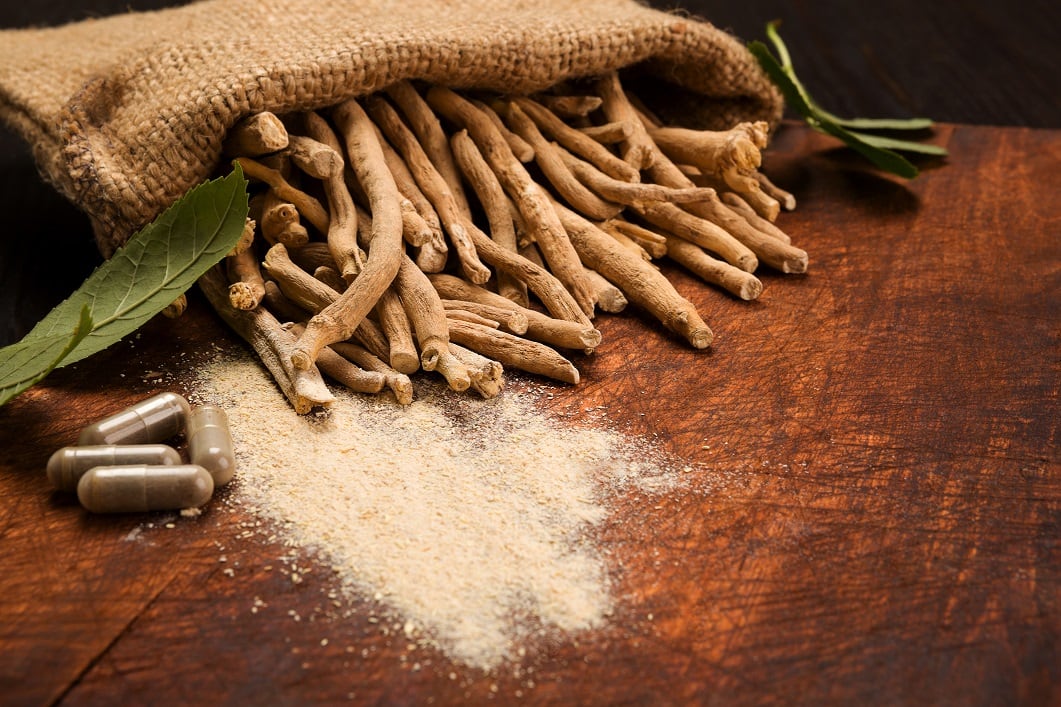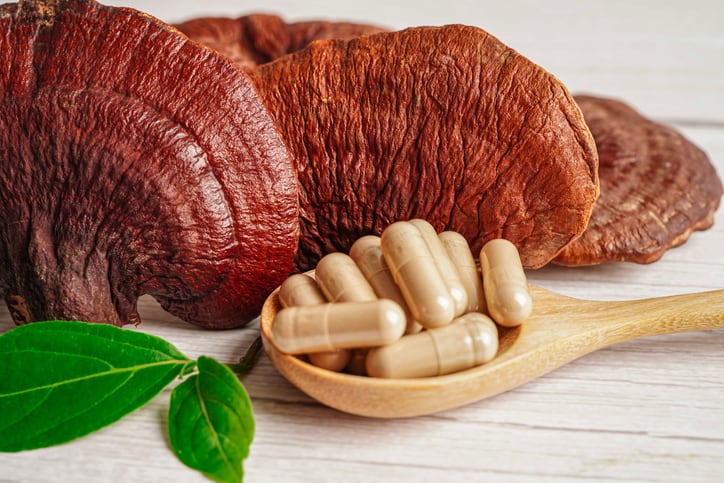According to ‘Proactive Nutrition for Healthy Aging,’ this is particularly the case when some in this wide-ranging bracket are in their peak physical shape while others struggle with limited cognitive and physical capacities.
“Our latest report underlines the vital role nutrition plays in supporting healthy aging. As the aging population grows, it is imperative for brands to understand and address the unique needs and concerns of this diverse demographic,” said Katie McClure, director, category innovation, Fonterra. “This presents a significant opportunity for nutrition brands to innovate and provide tailored solutions that resonate with both older adults and proactive younger generations.”
Offering tailored solutions means understanding the desires that change across ages. For example, muscle health appears to be of greater importance for a younger person in that demographic. Weight management and stress levels are less of a priority as people aged.
Spokespersons for Nutiani said that older adults often possess greater life experience and resilience, enabling them to effectively navigate challenging situations and manage resulting anxieties. This accumulated wisdom and adaptive capacity contribute to a reduced perception of stress as a significant health concern in this demographic.
Although the belief that nutrition can impact health status increased as individuals got older, the intention to improve diet dropped from 75% between 34 to 45 years old to 51% from 65 to 80 years old.
“There does appear to be a gap between the understanding around the role of nutrition and the intention to improve diet with age,” said Charlotte Ortiz, global brand marketing manager at Nutiani. “We found that nearly 9 in 10 consumers globally, across different age groups, recognized the importance of a balanced diet to prevent illnesses or health issues. However, older consumers demonstrated a lower interest in improving their dietary habits compared to younger counterparts.”
Gender is also a factor to consider when cultivating healthy aging products. As women typically live longer than men, they are more likely to suffer from declining mental wellbeing, joint and bone health as they go through menopause, according to the report. Whereas men are impacted by hormonal changes, reduced libido, decreased muscle mass, fatigue and mood changes.
What is healthy aging?
In the past, healthy aging focused on disease prevention whereas today the emphasis is on a lifelong process that “requires ongoing effort to ensure holistic wellbeing in old age,” according to the report.
This includes cognitive, physical and social capabilities that allows a person to meet their basic needs, make decisions, be mobile, build and maintain relationships and contribute to society.
“Healthy aging has progressed from a conversation amongst older consumers about disease prevention to now a topic of interest for younger consumers, as more come to realize the importance of caring for the body and mind in the long run. For brands who want to properly grow their influence and offerings in this space, it is time to start to build trust early with elderly consumers of today as well as the seniors of the future,” Ortiz said.
However, aging has challenges when geographies and economies are at play. Eighty percent of older adults will live in low-to-middle income countries by 2050, according to the report.
“Understanding the financial constraints prevalent among older consumers in these regions is paramount,” she said. “Insights reveal that older adults, particularly in the face of economic pressures like inflation, prioritize affordability when making purchasing decisions. For instance, a significant proportion of consumers aged 45 and above place a high importance on price as a product attribute, highlighting the necessity for cost-effective solutions.”
In response to these insights, companies can innovate by offering products in smaller pack sizes, providing value-driven pricing strategies, and ensuring transparency in product benefits and affordability, Ortiz added. Collaborations with local healthcare providers and community organizations can also enhance accessibility and distribution channels, reaching underserved populations more effectively.



